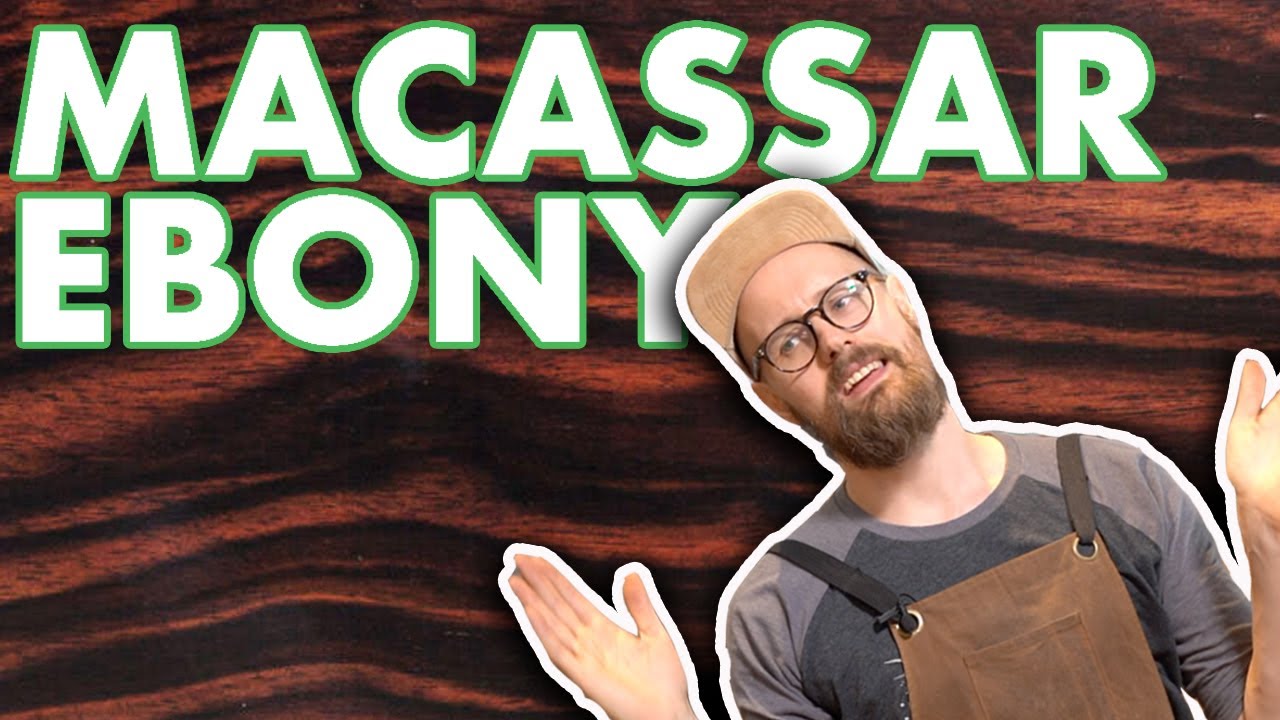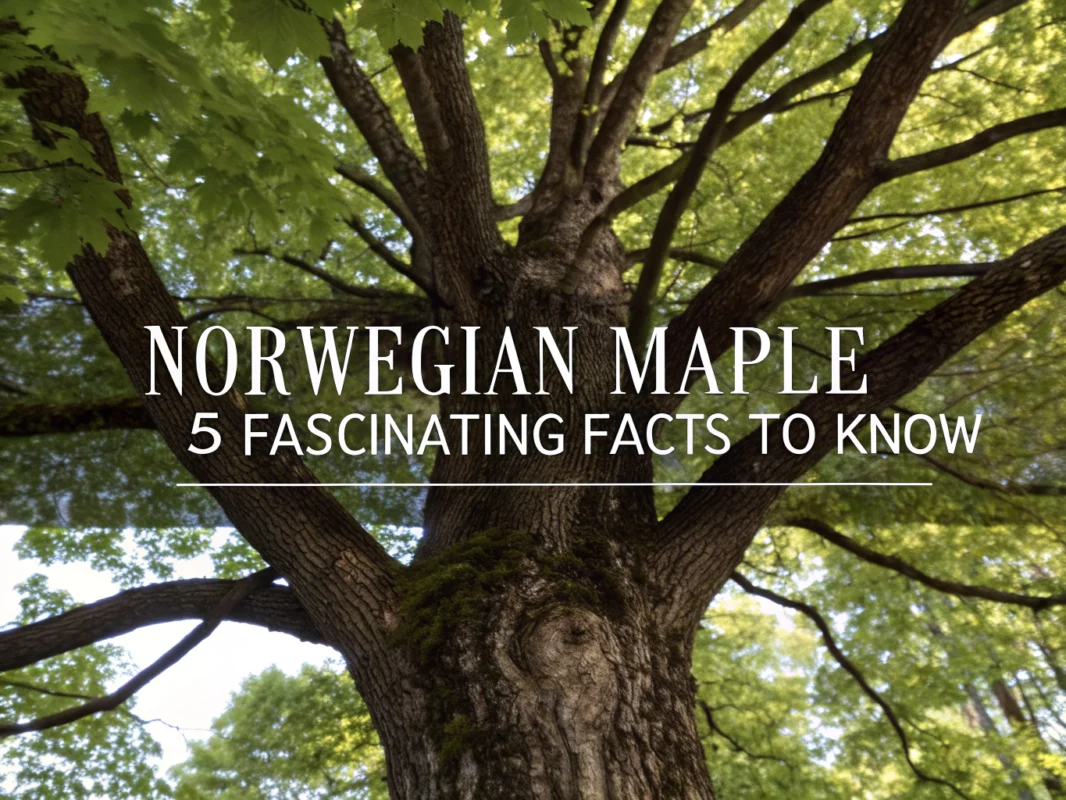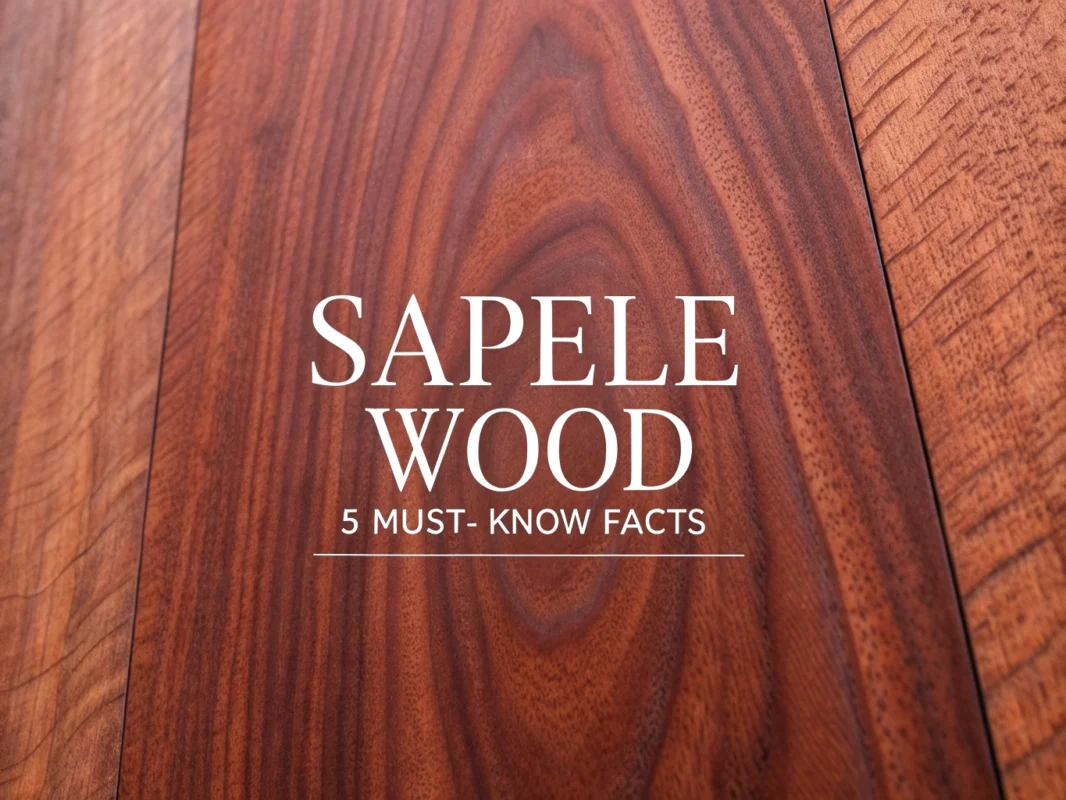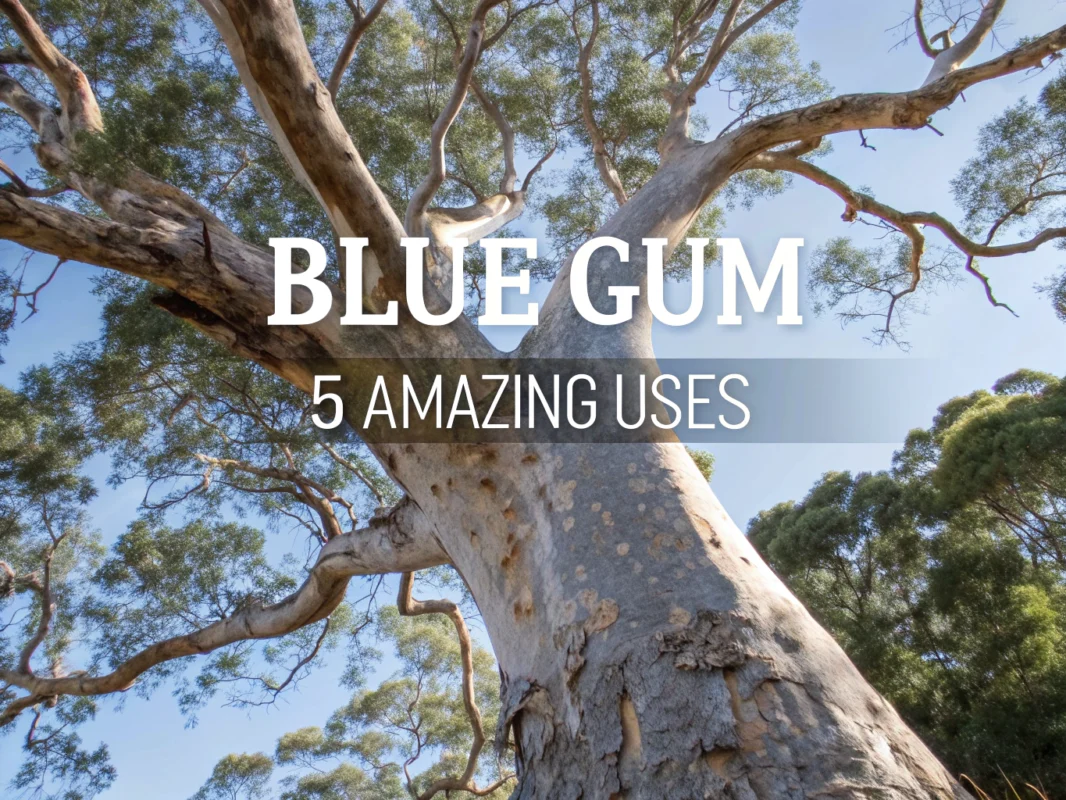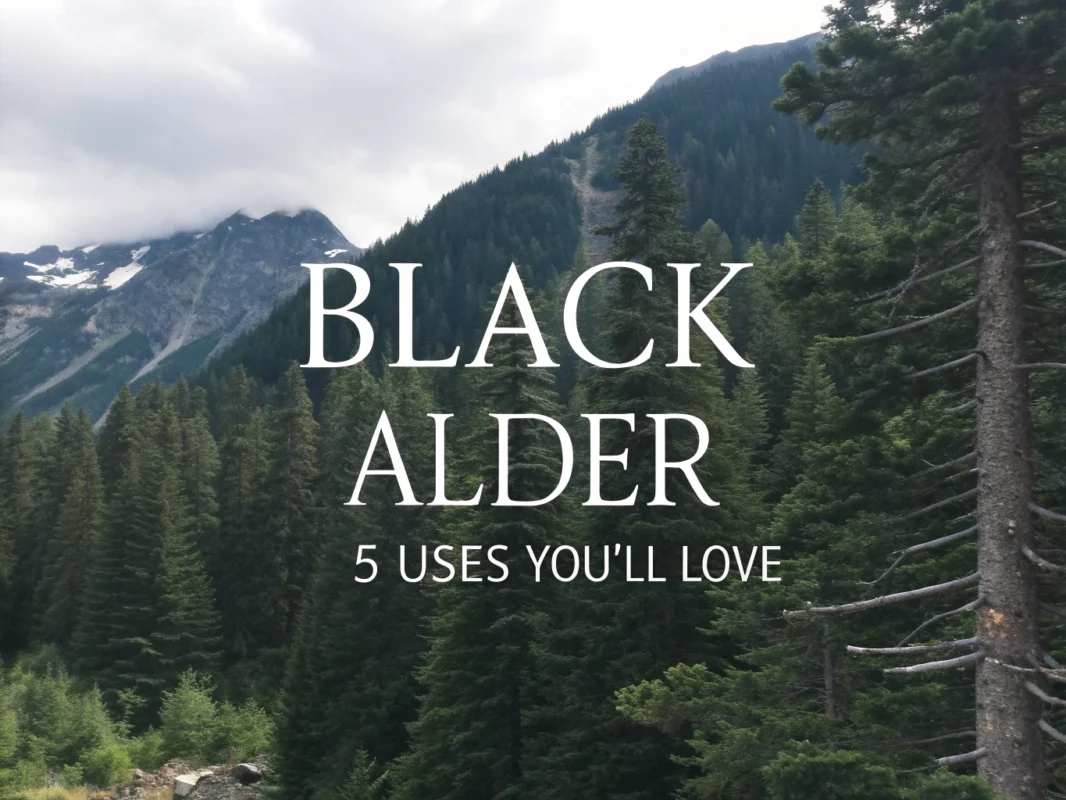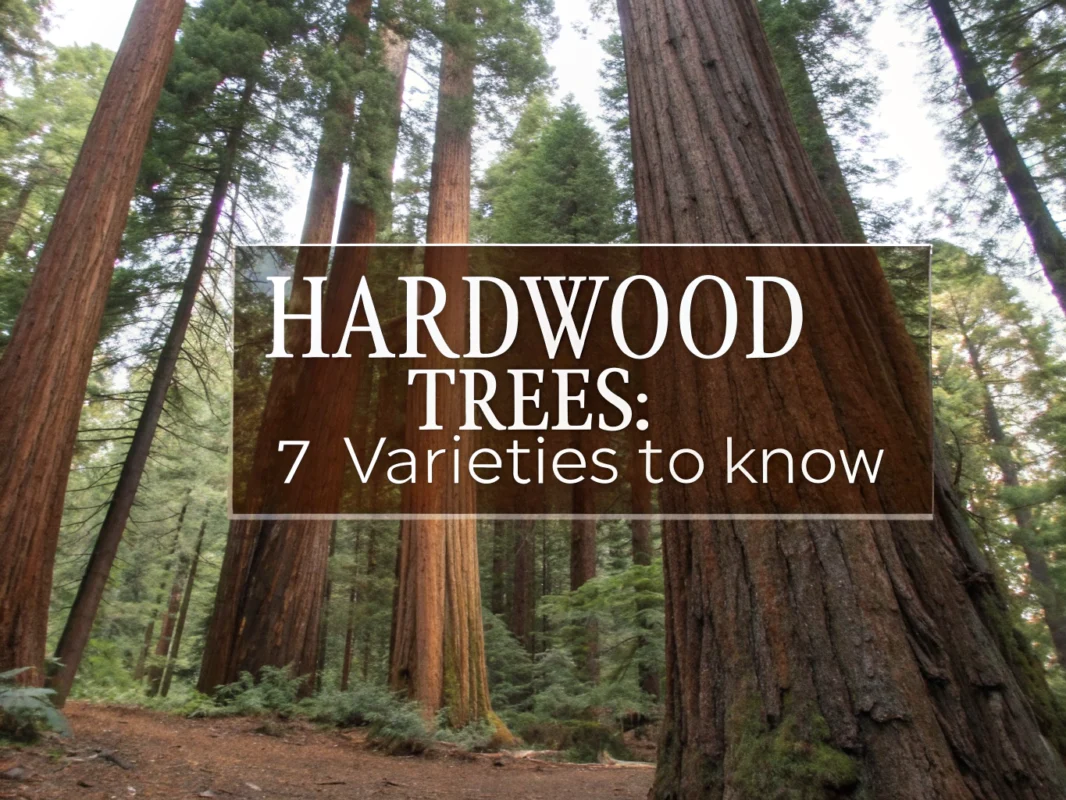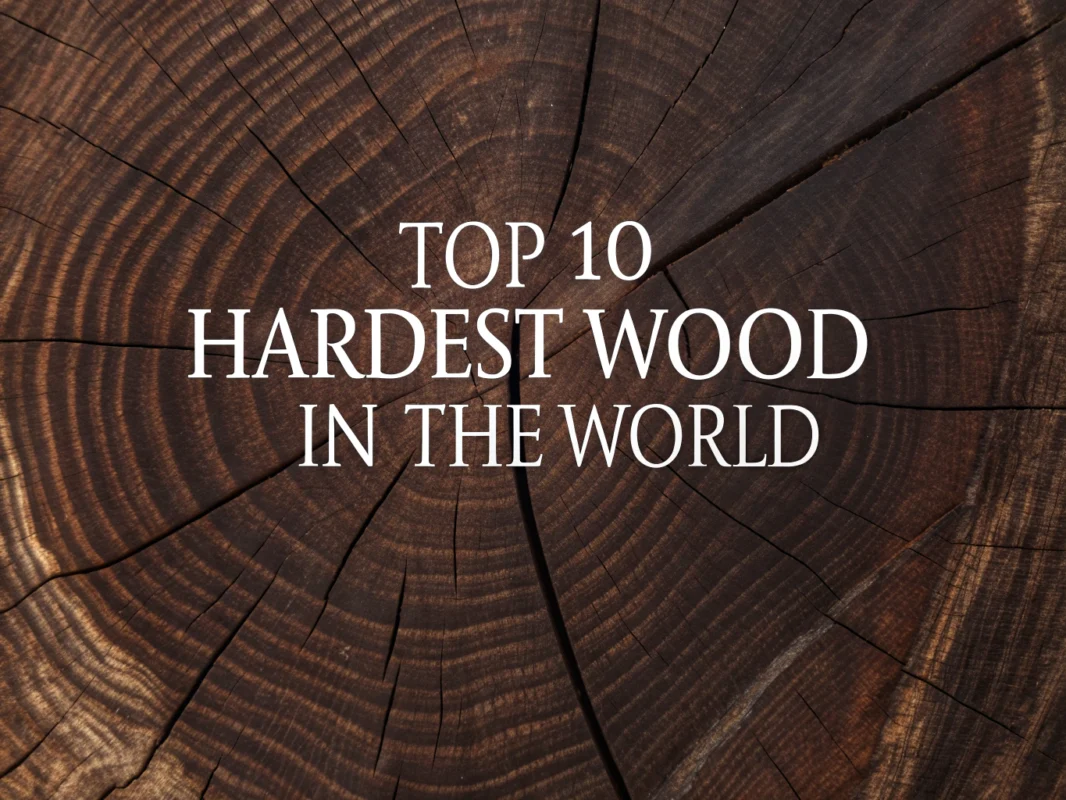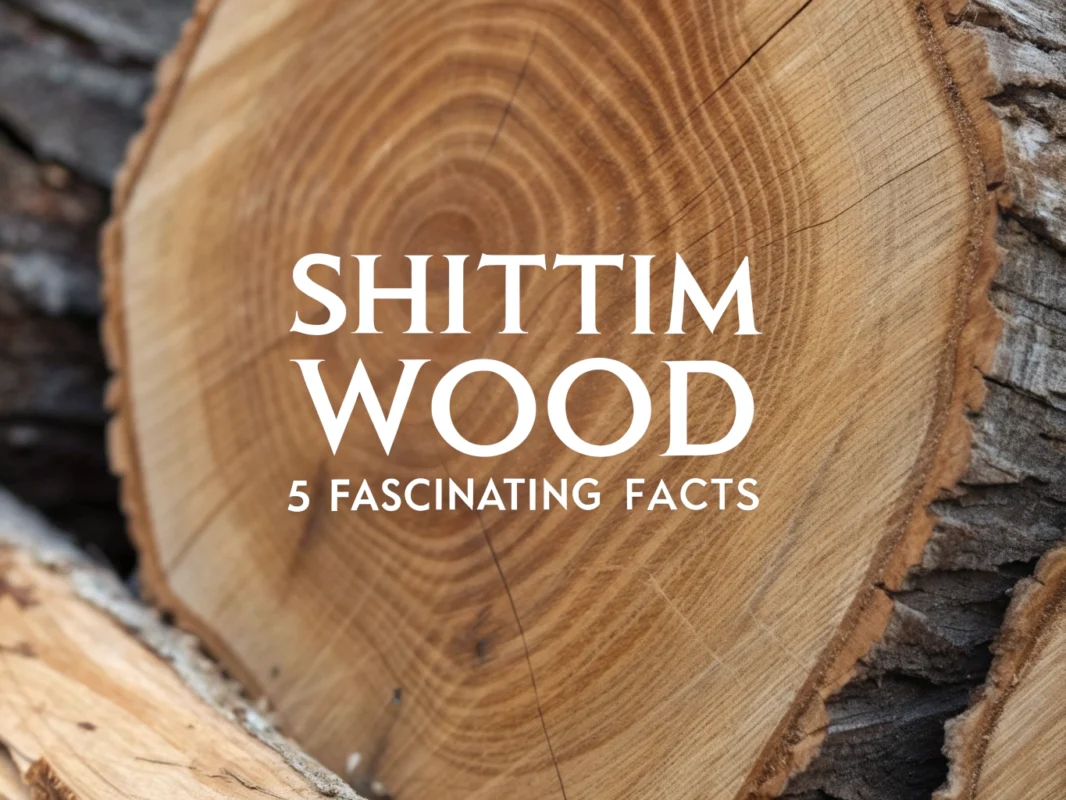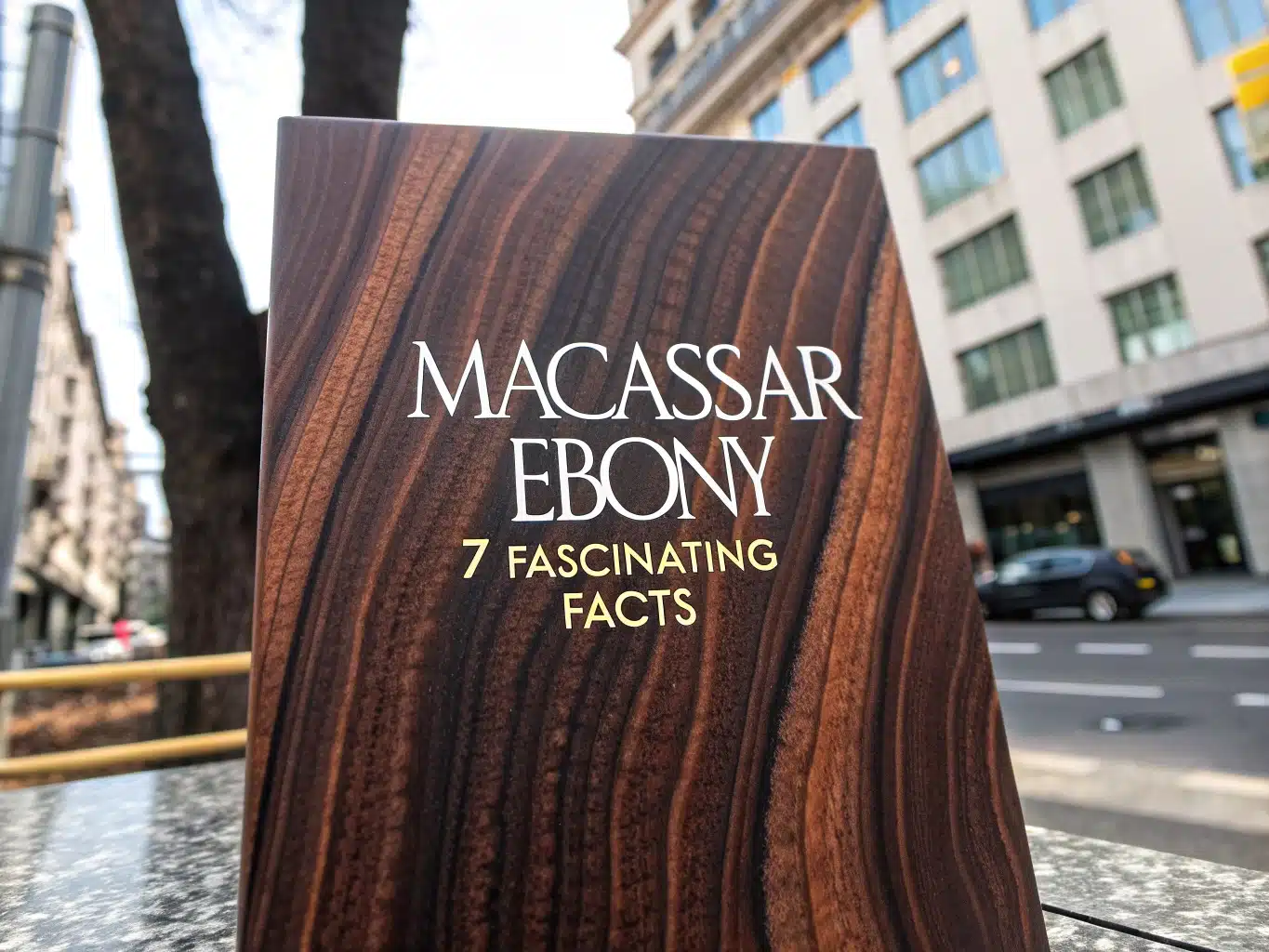
Macassar Ebony: 7 Fascinating Facts

Is every ebony the same wood? Not quite. Macassar ebony (macassar ebony wood) comes from Indonesia and shows bold stripes. Dalbergia melanoxylon, often called the African ebony wood tree, runs deep and dark. One shows streaks; the other looks mostly black. This quick guide shares 7 facts on history, the color of ebony, hardness, famous uses, and care for black ebony resources.
Table of Contents
Macassar ebony stands out for its dramatic striped grain, deep density, and high demand in fine craft and instrument work, yet it’s often confused with the solid-black African species used in clarinets and carvings. I’ll explain the real differences, share performance data, and show how color, hardness, and sourcing shape what makers, buyers, and collectors value about this rare wood today.
Fact 1: Not One “Ebony” — Macassar Ebony vs. Dalbergia melanoxylon
Macassar ebony wood: Diospyros celebica from Indonesia
I start with the name that causes the most mix‑ups: Macassar ebony refers to Diospyros celebica, a species native to Indonesia, known for bold black and dark‑brown stripes. This handsome pattern appears even on small pieces, which is why knife scales, pen blanks, and inlay strips look striking without large panels or veneer layups.
The surface feels glassy after a fine grit, the pores are small, and the grain often runs straight, so edging and joinery stay tight with sharp tools. If you want a quick primer on ebony groups and lookalikes, see this short guide to ebony wood for a broader view of species and trade names that often get mixed together.
Dalbergia melanoxylon: the African “ebony wood tree”
By contrast, Dalbergia melanoxylon—often called African blackwood—belongs to the rosewood genus, not to Diospyros, and grows across parts of sub‑Saharan Africa. Trees tend to be smaller, often with spiny shoots and grey bark, and the heartwood is famous for being very dark, fine‑textured, and tough enough to survive decades of keywork on woodwinds, as profiled by The Wood Database.
I see this species marketed as “ebony” in instrument circles because buyers expect a dense, smooth, near‑black stock that machines with crisp edges. The ebony wood tree tag fits consumer expectations, even though the botany puts it squarely in Dalbergia, not in the true ebony genus.
Why both are called “black ebony” but are different species and genera
Both woods meet the same buyer goal: a stable, dense, dark timber that takes a refined finish and feels heavy in the hand. That shared performance gave rise to the casual “black ebony” label for both, though one is Diospyros and the other is Dalbergia, and their grain, color, and aromas differ once you’ve worked them a bit.
If you’re digging deeper into the African species and common trades, this short reference on African black wood explains why luthiers, turners, and woodwind makers prize it, and why it carries different regulations from Asian ebonies.
Fact 2: 5,000 Years of Prestige and Trade
Ancient Egypt’s use of black ebony in tombs and artifacts
Black ebony has carried status for thousands of years, with records showing imports into dynastic Egypt for high‑status items and funerary goods. That deep, jet-black appearance set ebony apart in a culture that prized rare color, fine carving, and long‑lasting materials.
I often see modern buyers react in the same way: dark color signals rarity and value before they even handle the piece. The long record of use, including elite tomb goods, is summarized by Blackwood Conservation Project’s 5,000‑year history, which ties blackwood’s story to early luxury networks.
Historic trade routes via the Nile River and Red Sea
Shipments from sub‑Saharan Africa entered Egyptian markets along the Nile and Red Sea routes, connecting inland harvest to coastal loading and up‑river distribution. Merchants used lighter sapwood offcuts for packing or fuel, while the dense heartwood traveled in shorter billets to manage weight and theft.
Those same logistics still matter: modern exporters often work with short lengths and small cross‑sections, particularly for African blackwood, because large defect‑free logs are rare and heavy to move. Understanding this history helps explain why so many quality pieces—fingerboards, turnings, and handles—arrive as smaller blanks rather than long, wide boards.
Fact 3: The Color of Ebony — Striping vs. Solid Black
The color of ebony in Macassar: bold striping that designers love
The color of ebony in Macassar runs from deep chocolate to jet black, with luminous brown or bronze bands that can look almost metallic after polishing. Quartered veneer produces razor‑clean stripes, while flatsawn craft pieces show wilder curves that turners highlight on bowls and handles.
I treat this as a statement wood: let it sit against quiet backgrounds, or pair it with light species for contrast lines. A satin oil, shellac, or thin polyester coat keeps the grain in focus and avoids a plastic look that can mute the elegant brown notes in the darker bands.
African blackwood heartwood: mostly black; pale yellow sapwood
African blackwood leans heavily toward solid black or very dark purple‑black, with a sharp line to pale yellow sapwood that most makers cut away for visual and mechanical reasons. That contrast is one of the quick field checks I use, and it’s described in profiles such as The Wood Database, which also notes the fine texture that luthiers prize.
For fingerboards and woodwind joints where uniform darkness matters, that black heartwood wins. If you want dramatic figure for furniture or smaller showpieces, Macassar’s striping carries more visual interest and reads as luxurious from across a room.
Why the color of ebony drives luxury demand
Color signals cost, age, and scarcity, so buyers often equate deeper black with higher quality and more careful selection. That’s why a jet-black clarinet body sells confidence before the first note, while Macassar’s stripes sell warmth and pattern in high‑end decor, cabinetry, and accent work.
If you like bold contrast but want lower price or easier stock, I’d compare with wenge wood and zebra wood. Both offer strong lines that echo the color of ebony themes, yet they’re easier to source in larger dimensions and cost far less per board foot.
Fact 4: Exceptional Hardness, Density, and Stability
Dalbergia melanoxylon Janka hardness: 3,670 lbf (16,320 N)
On the bench, African blackwood feels almost stone‑like under a sharp edge, and the numbers back that up: a Janka hardness around 3,670 lbf (16,320 N) puts it among the toughest timbers I’ve machined. The super‑fine grain and high density give a creamy cut with fresh carbide, but dull tools skid and burnish instead of slicing.
This is why I plan frequent resharpening, lighter passes, and slow feed rates, especially for narrow parts like woodwind tenons and thin fingerboards. Data for hardness, density, and shrinkage are compiled by The Wood Database, which aligns with how these woods behave in real shops.
Average dried weight, density, and low shrinkage
At about 1,270 kg/m³ (79 lb/ft³), African blackwood sits above water in density and below only a handful of exotics I’ve worked. Low radial and tangential shrinkage—roughly 2.9% and 4.8%—keeps critical tolerances tight on instrument joints, ferrules, and rings that see seasonal movement.
Macassar ebony is similarly heavy and stiff, with stable movement once fully seasoned. I sticker and acclimate small blanks slowly, often for weeks, to relax internal stresses before milling to final dimension.
How density changes tool choice and workflow
Dense woods punish rushed technique, so I reach for sharp carbide, a fresh sander belt, and a dust mask rated for fine particles. Slow drill speeds, wax on screws, and pre‑boring help prevent splits in small parts like pen blanks and scales, while CA or epoxy bonds outperform most PVA glues.
For finishing, I avoid thick films that can chip at edges. Thin oil, shellac, or a light conversion varnish gives a deep glow and lets the natural lustre show through without softening crisp lines.
Incremental heartwood growth and heat resistance benefits
The slow formation of very dense heartwood helps these ebonies endure friction, compression, and even brief heat without deforming. That’s one reason they hold up in metal-keyed instruments and in tight mechanical fits where other woods glaze or crumble after repeated use.
Quick reference table: numbers makers ask for
| Property | Macassar Ebony (Diospyros celebica) | African Blackwood (Dalbergia melanoxylon) |
|---|---|---|
| Typical Color | Black with bold brown striping | Mostly black to very dark purple‑black |
| Janka Hardness | Very high (varies by stock) | 3,670 lbf (16,320 N) |
| Avg. Dried Weight | Extremely heavy | ~1,270 kg/m³ (79 lb/ft³) |
| Shrinkage (Radial/Tangential) | Low for such density | ~2.9% / ~4.8% |
| Workability | Sharp tools; slow feeds | Sharp tools; slow feeds |
| Typical Uses | Veneers, furniture, accents | Woodwinds, fingerboards, turnings |
If you’re tracking price and scarcity alongside performance, the mix of density and color is a big reason both sit on many lists of the most expensive wood. Buyers pay for stability, a flawless finish, and that unmistakable dark tone that ages with grace.
Fact 5: From Concert Halls to Craft Benches — Top Uses
Musical instruments: clarinets, oboes, fingerboards, and more
For orchestral woodwinds, African blackwood sets the standard because it machines cleanly, resists movement, and makes a smooth bore that stays stable. Even tiny dents polish out rather than splintering, which matters for keys, rings, and sockets that see constant handling and metal contact.
Macassar ebony shows up in guitars and basses where visual drama helps sell an instrument, especially on fingerboards, headplates, or knobs. It finishes clean, holds frets firmly, and adds a crisp attack that players describe as bright but controlled, with sustain that rewards careful setup.
Luxury furniture, fine carvings, and ornamental work
Decorative veneers in Macassar turn even small furniture faces into focal points. A book‑matched panel with strong striping can look like rippling silk under a thin clear coat, while solid edging provides durable corners where veneer alone would chip.
For carving, I plan shallow cuts and keep gouges razor‑sharp; teak‑style scraping does more harm than good on such dense stock. Fine inlay lines look crisp in Macassar, and a thin ebony stringing around drawer fronts ties bold panels together without overpowering the layout.
Knife and tool handles, pen blanks, and small luxury goods
Small handwork pieces shine in both species because the weight, polish, and color read as premium even at pocket scale. I’ll pre‑drill and chamfer screw holes, apply a dab of wax to fasteners, and finish with thin oils or CA for a deep, durable sheen that resists pocket wear.
Here’s a simple checklist I follow for these dense exotics:
- Use fresh carbide cutters; resharpen often to keep the cut cool.
- Slow feed, low RPM on drills, and back out often to clear dust.
- Pre‑bore and chamfer to prevent splits on screws and pins.
- Seal end grain early to limit checks during acclimation.
- Choose CA, epoxy, or polyurethane glues; wipe oils before bonding.
For a sense of the craft and finish quality makers aim for with these woods, the video below shows how dense hardwoods behave under careful shaping and polishing. It’s a useful reference if you’re planning your first Macassar ebony or African blackwood project.
Featured Macassar Ebony Products
If you want ready‑to‑use stock for small projects, these Macassar ebony blanks and accessories are good starting points for turners, luthiers, and knife makers.

Hand-Carved Macassar Ebony Chopsticks, 23.5 cm
- Rich ebony grain elevates table setting
- Smooth tapered tips for precise grip
- Durable hardwood resists warping and wear
- Balanced weight for comfortable daily use
- Made in Japan with traditional craftsmanship

Macassar Ebony Knife Handle Scales, 2 Pack
- Dense hardwood for stable handles
- Striking dark-and-light striping
- Sized for custom knives and tools
- Sands and polishes to glassy sheen
- Ideal for DIY makers and pros

Macassar Ebony Fingerboard Blank, 3/8 x 2-3/4 x 22
- Tonewood prized for clarity and snap
- Straight, tight grain for stability
- Pre-sized blank for easy shaping
- Smooth surface ready for fretwork
- Suits guitars, basses, and custom builds

Macassar Ebony Handle Block, 1.5 x 5.25 x 1 in
- Premium dense hardwood for durability
- Dramatic striping adds visual impact
- Machinable with hand or power tools
- Finishes to deep, glossy luster
- Perfect for knife handles and crafts

Macassar Ebony Pen Blanks, 3 Pack, 3/4 x 3/4 x 5
- Consistent sizing for smooth turning
- Bold contrasting grain for standout pens
- Stable, dense wood reduces tear-out
- Finishes beautifully with minimal effort
- Great for pens, accents, and inlays

Macassar Ebony Pen Blanks, 5 Pack, 3/4 x 3/4 x 5
- Matched blanks for multiple projects
- Tight grain turns cleanly on lathe
- Striped ebony creates elegant look
- Accepts CA and oil finishes well
- Ideal for pens, handles, and small crafts

Macassar Ebony Turning Blank, 2 x 2 x 6 in
- Square blank ideal for small turnings
- Heavy, stable hardwood minimizes chatter
- Striking color contrast enhances detail
- Works with sharp tools and slow speeds
- Finishes smoothly for a premium look
Fact 6: Conservation Realities and Responsible Sourcing
Dalbergia melanoxylon: IUCN vulnerable status and trade rules
African blackwood faces real pressure in parts of its range from habitat change and high demand, and it’s assessed as vulnerable with trade controls that vary by country. Conservation groups and foresters track replanting, managed harvests, and market transparency to keep supply viable for instrument makers and craftspeople who rely on this material.
A readable overview of the species, threats, and planting initiatives appears on the Blackwood Conservation Project site, which also highlights the role of community planting programs. I buy from suppliers who document origin, harvest permits, and drying history, and I avoid mixed‑species lots labeled simply as “ebony.”
Slow growth, low germination, and the push for sustainable management
Saplings take years to reach useful size, and germination rates can be low, so poor management today shows up as scarcity later. That’s why I support sources that invest in replanting, offer certified lots where possible, and sell small, high‑yield blanks that use more of each log instead of chasing oversized boards.
Macassar ebony faces different pressures in Southeast Asia, including fragmented habitats and inconsistent enforcement. Asking for paperwork—export permits, plantation records, and species declarations—helps honest mills compete while giving you confidence in every purchase.
From a maker’s standpoint, responsible sourcing isn’t just ethics; it protects supply and stabilizes pricing across years. If your project can accept smaller parts, lamination, or veneer over a solid core, you can cut waste and get the look you want at a lower material cost.
Fact 7: Quick Comparison — Macassar Ebony vs. Dalbergia melanoxylon
Here’s a short, practical comparison I use when helping clients choose between striped Macassar and near‑black African blackwood. It covers color, origin, typical uses, density feel, and sourcing risks so you can match the wood to your project without guesswork.
- Color: Macassar = black/brown striping; African blackwood = mostly black, sometimes very dark purple‑black.
- Main region: Macassar = Southeast Asia (Indonesia); African blackwood = sub‑Saharan Africa.
- Primary use: Macassar = veneers, furniture, decorative crafts; African blackwood = woodwinds, fingerboards, dense carvings.
- Density/Hardness: Both very dense; African blackwood measures harder on standard tests (Janka ~3,670 lbf).
- Conservation: Macassar shows declining stocks in places; African blackwood is vulnerable with trade controls in several markets.
If your client wants bold, high‑contrast visuals, Macassar wins. If they need a uniform black tone and maximum edge retention under wear, African blackwood tends to be the better technical fit.
For price planning, striped Macassar veneer can achieve a premium look across larger surfaces at a fraction of the cost of solid panels. African blackwood often makes sense in smaller volumes—instrument bodies, ferrules, knobs, and rings—where the performance benefits justify the spend.
Either way, get clarity on species, source, and moisture content before you buy. Ask for kiln or air‑dry history, target a final EMC for your shop, and order a little extra for test cuts so you can set feeds, speeds, and finish schedules without risking your final stock.
FAQs
What Is Macassar Ebony Used For?
Macassar ebony is prized for high-end furniture and cabinetry, architectural millwork, paneling, and luxury interiors, often as book-matched veneer. It is also used for musical instrument parts such as guitar fingerboards and bridges, woodwind components, and piano sharps, as well as fine inlay, turned objects, knife handles, pool cues, and other items where striking contrast and a glassy polish are desired.
How Can You Identify Genuine Macassar Ebony Wood?
Genuine Macassar ebony shows bold black to dark-brown stripes alternating with tan to golden brown, with a very fine, even texture and a high natural luster. It feels heavy for its size and is hard enough that tools dull quickly. Check a freshly planed or sanded surface: the striping should run through, not just sit on top like a dye. A wipe with alcohol on a white cloth should not lift color from a solid piece. Look for tight, small pores in the end grain, and ask the seller for the botanical name and origin, plus documentation of responsible sourcing.
Is Macassar Ebony Expensive?
Yes. Macassar ebony is among the more expensive hardwoods due to its slow growth, limited availability, and high demand. Prices rise for wide, defect-free, and highly figured boards, while veneer is far more affordable per surface area. Costs can be managed by using veneer over a stable core, selecting narrower parts, or purchasing small, pre-cut blanks for accents and instrument work.
What Are The Pros And Cons Of Using Macassar Ebony In Furniture Making?
Pros: visually dramatic striping, exceptional hardness and wear resistance, crisp detail when carved, and a mirror-like finish that needs little stain. It is durable for tabletops, handles, and accent pieces and works beautifully as veneer. Cons: high cost and limited availability, heavy weight, potential tear-out in interlocked grain, and heavy tool dulling. Natural oils can make gluing tricky; wipe with solvent, scuff-sand, and use a quality adhesive such as epoxy. The wood can check if dried or stored poorly, and dust may irritate some users, so good dust control is wise.
How Does Macassar Ebony Compare To Other Types Of Ebony?
Compared with other ebonies, Macassar is typically striped rather than uniformly black. Versus Gaboon ebony, Macassar is often slightly less dense and brittle, a bit easier to source in longer boards, and usually less uniformly black but more visually dramatic. Versus Indian or Mun ebony, it tends to have higher contrast and a brighter polish. All ebonies are hard and wear resistant; your choice usually comes down to the look you want, availability in the sizes you need, and budget.
